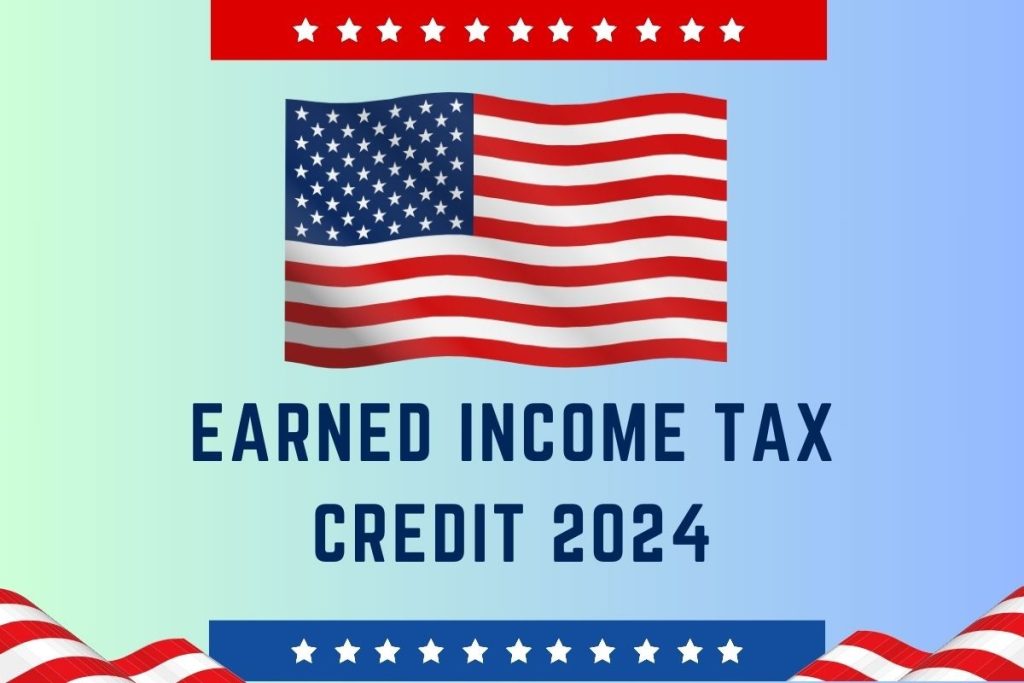The Earned Income Tax Credit (EITC) is one of the most valuable tax benefits available for working families and individuals with low to moderate incomes. Designed to reduce the financial burden of taxes, the EITC not only lowers the amount of taxes owed but could also result in a refund that boosts household budgets.
Each year, millions of Americans claim the EITC, yet many eligible taxpayers miss out simply because they don’t know about it. Here’s what you need to know to take advantage of this potentially life-changing tax credit.
What Is the Earned Income Tax Credit?
The EITC is a refundable tax credit, meaning if the credit amount exceeds the taxes you owe, you’ll receive the difference as a refund. Created in 1975, the EITC was designed to reward work and help offset payroll and income taxes for low- and middle-income workers.
The credit amount depends on:
- Your income level
- The number of qualifying children in your household
- Your filing status (e.g., single, married, head of household)
For tax year 2023, the maximum EITC amount is:
- $7,430 for families with three or more children
- $6,604 for families with two children
- $3,995 for families with one child
- $600 for workers without children
Who Qualifies for the EITC?
To qualify, you must meet the following requirements:
- Income Limits: Your earned income and adjusted gross income (AGI) must fall below the maximum thresholds set by the IRS. For 2023, this is $63,398 for married couples filing jointly with three or more children, and lower for other situations.
- Earned Income: You must have income from wages, self-employment, or other qualifying sources.
- Filing Status: Eligible filing statuses include single, married filing jointly, head of household, or widowed. Married couples must file jointly to claim the credit.
- Residency: You must be a U.S. citizen or resident alien for the entire tax year.
If you don’t have children, you may still qualify for a smaller credit if you’re between 25 and 64 years old.
How to Claim the EITC
Claiming the EITC is simple, but it requires filing a federal tax return—even if you’re not otherwise required to file. Follow these steps:
- Use Form 1040: File Form 1040 and attach Schedule EIC if you have children.
- Provide Accurate Information: Ensure that details about your income and qualifying children are correct.
- Check for Free Filing Assistance: The IRS offers free tax preparation help through the Volunteer Income Tax Assistance (VITA) program and the IRS Free File platform.
Why the EITC Matters
The Earned Income Tax Credit provides more than financial relief—it’s a proven tool for reducing poverty. In 2022 alone, the EITC lifted nearly 6 million Americans, including 3 million children, out of poverty. For families facing rising costs of living, the credit provides much-needed breathing room for essentials like groceries, utilities, and transportation.
Don’t Miss Out
Every year, billions of dollars in EITC benefits go unclaimed simply because eligible taxpayers don’t know about the credit. Make sure you check your eligibility and file your taxes to take full advantage of this program.
For more information, visit the official Website or consult a tax professional.



